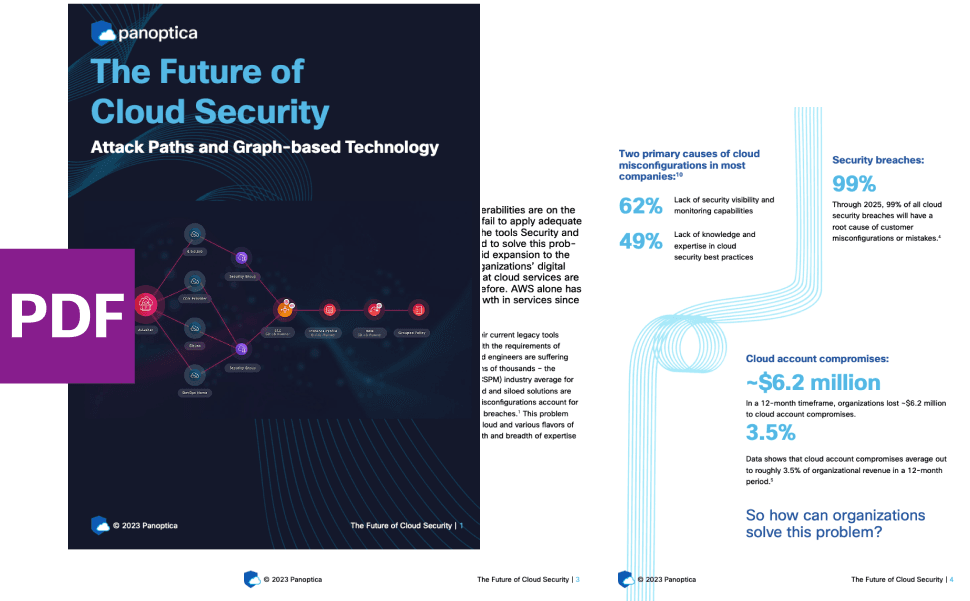Quantum computers (QC) are machines that we can program their quantum nature to do computation. Algorithms for QCs have been invented showing these machines can solve some problems more efficiently than classical digital computers. Heralding a new computing paradigm for the 21st century, the development of QCs has moved from academic labs into industrial settings over the last few years. Aligned with that, a business ecosystem has been formed to connect the technology developers to the potential end-users, now almost in all sectors of industry.
Unique in its formation, the success of the quantum computing industry relies on delivering large-scale quantum computing hardware along with commercially valuable applications. Therefore, it becomes critical to decide the right hardware technology and achieve proper technical and commercial milestones at a reasonable time horizon. Several teams around the globe are racing to build quantum computers using a variety of platforms including Photonics, Trapped-Ions, Cold Atoms, and Superconducting Circuits. Given the engineering complexity of different technologies, we envision photonics will play a central role in realizing large-scale quantum computers either for single chip processors or to build a distributed computing system.
Distributed Quantum Computing
Currently, the focus of QC hardware projects is to showcase units of less than one hundred qubits, while challenges begin when we want to scale the systems to thousands and eventually millions. Which technology platform has a better chance for faster scaling depends on the complexity of the hardware system and the architecture. Modularity is a way to lower the system complexity which in the case of quantum computing, can be achieved by having quantum chips connected via photonics interconnects in a distributed fashion. Besides scalability, photonic networks allow all-to-all connectivity between modules which results in a major boost in the computational power of the system.
A modular approach to QC is already under development for photonics and trapped-ion platforms. Modularity can also be considered as a solution to address scalability difficulties and architecture limitations of superconducting chips. However, challenges of building a network either in a cold microwave regime or upconverted into an optical regime may undermine this solution option.
Realizing distributed QC requires its own hardware and software infrastructure. So far, the developments have been focused on single-chip quantum processors. Going from a single processor to a distributed system requires several new developments including the following.
- Optical/photonic network: fibers, switches, frequency converters, synchronizers
- Quantum networking and entanglement distribution protocols and controllers
- Programming SDK and compilers
- Fault-tolerant schemes and architecture
- Application partitioning and resource estimations
We believe this sets a strong new direction for research and development in quantum computing in the coming years.
Photonics for Information Processing
In addition to quantum computing, photonics technology will be central to the development of quantum Internet and cryptography. Further zooming out, beyond quantum applications, photonics is already defining a new frontier in classical information processing, from low-power AI-accelerators to biosensors. Given its potentials and dual-use nature, we believe photonics as a low-risk high-reward technology investment in the quantum domain.





